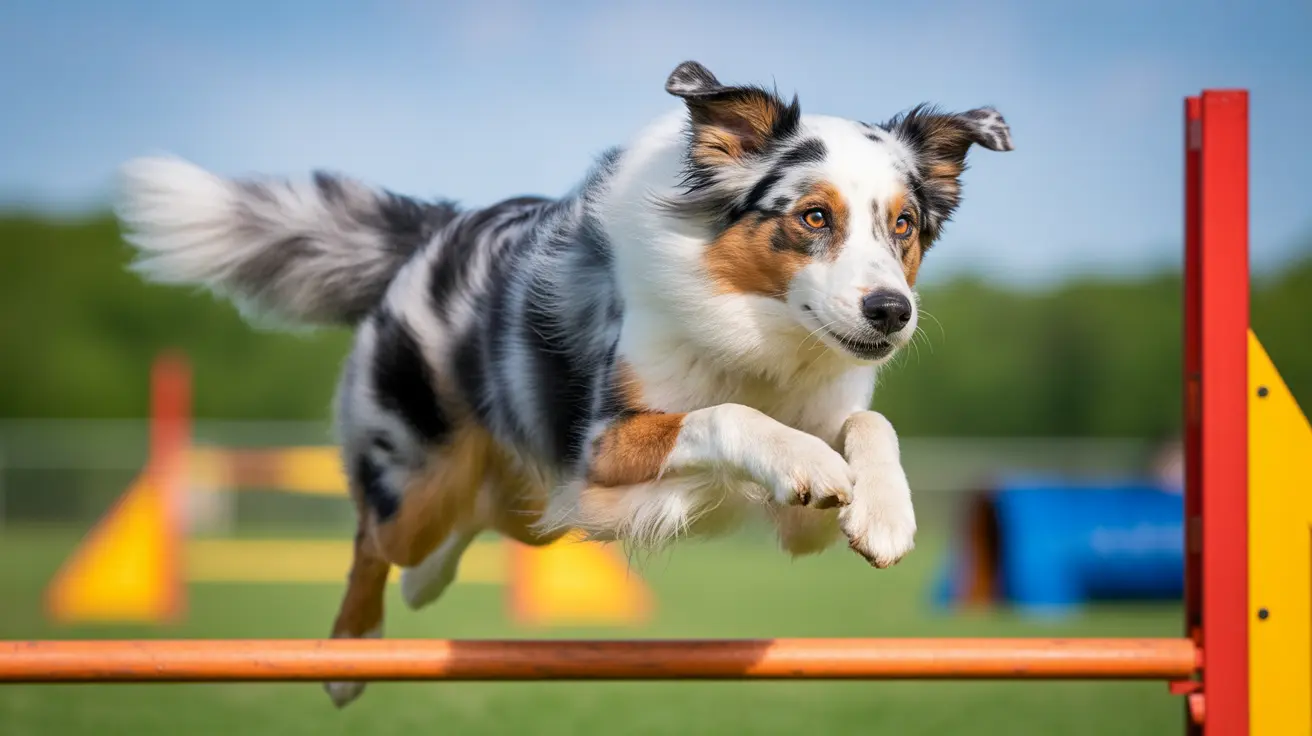Understanding the Temperament of the Spanish Mastiff
The Spanish Mastiff, also known as Mastín Español, is a powerful and ancient breed developed in Spain as a livestock guardian dog. While its primary role has historically been to guard flocks from wolves and other predators, this breed also exhibits challenging traits that some may interpret as aggression if not properly addressed. Understanding the Spanish Mastiff’s temperament and care requirements is crucial for determining whether it is suitable for your lifestyle and home.
Origins and Role
The origins of the Spanish Mastiff can be traced back over 2,000 years. Historically, they accompanied Merino sheep through transhumance routes across Spain, offering protection and acting with strong independence and reliability. Their primary purpose wasn't companionship but service as a guardian against predators, shaping their detached and focused nature.
Physical Traits
This breed is among the largest dog breeds globally. They typically stand 28–35 inches tall and weigh between 140 and 220 pounds. Males are usually larger than females. Key physical features include:
- Muscular build with a large head and strong jaws
- Loose skin around the neck forming a protective dewlap
- A dense coat that’s short or semi-long — appearing in a variety of colors like black, fawn, red, or white with markings
- Dark hazel or brown eyes and hanging triangular ears
Temperament Traits
Despite their size and strength, Spanish Mastiffs are known for being calm, loyal, and protective. However, they are naturally wary of strangers and can display aggressive behaviors if they perceive a threat or are insufficiently socialized. Here are common personality aspects:
- Independent and intelligent — able to work without close human supervision
- Loyal but not overly affectionate — they bond well with their family but aren’t typically cuddly
- Wary of strangers — high guarding instincts
- Can be dominant or assertive towards unknown dogs
Because of their independent mindset and territorial instincts, early and extensive socialization and training are crucial to mitigating aggressive behaviors.
Training and Socialization Needs
Training a Spanish Mastiff requires patience and a firm, experienced approach. First-time dog owners may find this breed particularly challenging given their size and headstrong personality. Effective training strategies include:
- Positive reinforcement methods over harsh corrections
- Comprehensive early exposure to unfamiliar people, environments, and animals
- Consistent structure and boundaries from an early age
- Obedience classes with a focus on impulse control and controlled socialization
Without consistent training from an experienced handler, this breed may become over-guarded, uncooperative, or even aggressive in certain situations.
Energy Level and Exercise Requirements
The Spanish Mastiff is moderately active. Although not exceptionally energetic, they require at least one hour of daily activity. Ideal activities include:
- Long walks in rural or open areas
- Supervised playtime in a secure, fenced space
- Tasks or activities that provide mental stimulation
Apartment living often isn’t suitable due to their size and need for freedom to roam.
Grooming and Health Considerations
Grooming is manageable but important to maintain health. The coat should be brushed weekly, increasing to several times a week during seasonal shedding. Routine care should also include:
- Cleaning moist or loose skin folds to prevent infections
- Regular ear cleaning and dental care
- Nail trimming to avoid joint strain
Health concerns typical of large breeds include:
- Hip and elbow dysplasia
- Bloat (gastric dilatation-volvulus)
- Cardiac conditions like dilated cardiomyopathy
- Hypothyroidism and skin infections
- Eye problems such as entropion
Owners should implement a balanced diet, divided meals, and potentially preventive surgery for bloat to promote longevity—typically 9–12 years.
The Reality of Aggression Risk
While not inherently aggressive without cause, the Spanish Mastiff requires proper management. Their size, protective instincts, and aversion to unfamiliar dogs mean aggression is possible if not guided correctly. They’re best suited for:
- Experienced dog owners who understand large guardian breeds
- Homes with secure yards or those in rural settings
- Roles as livestock guardians or country property protectors
In summary, the Spanish Mastiff may display aggressive tendencies if not socialized and trained properly, especially toward other dogs. With the correct environment and commitment, they offer immense loyalty, calm demeanor, and dependable protection.





